City of Rome brings in countless visitors each year to explore its ancient ruins and to find out about how the culture and architecture has actually changed over countless years. Now, after several years of tiresome building and construction, visitors will have the ability to see the city as it has actually never ever been seen prior to, through a 1:250 design of imperial Rome, called the Plastico di Roma Imperiale.
The plaster design was commissioned by Mussolini in 1933 and illustrates Rome in the Fourth century AD at the time of Constantine the Great. It now beings in the Museum of Roman Civilization, a museum opened in the 1930s to show the history of Ancient Rome.
The plaster design is a work of art designed by archaeologist Italo Gismondi, who dealt with the piece throughout his life. The preliminary core of the scale design, which was partly based upon Rodolfo Lanciani’s 1901 map Forma Urbis, was finished for a big exhibit commemorating the 2,000 th anniversary of the death of Augustus (Mausoleum of Augustus). In the 1950s, it was set up completely in the Museum of Roman Civilization, with Gismondi continuing to broaden the design up till 1971.
Now thought about among the most essential referrals for how ancient Rome looked, Gismondi utilized exact maps for recognized monuments like the Pantheon and Roman Colosseum. The property housing, along with other sites without archeological remains, were developed utilizing designs that were agent of ancient building. Paradoxically, though Mussolini commissioned the design, the absence of referrals was really his fault, as he bought that much of Rome’s ancient homes be taken down to make method for big roads such as the through dei Fori Imperiali, which causes the Colosseum.

Model of Ancient Rome the Colosseum with on the left the Temple of Venus and Rome and the Basilica of Maxentius.
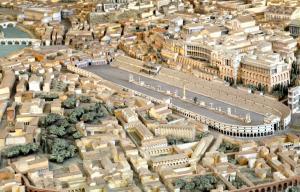
Model of Ancient Rome: Circus Maximus, Domus Augustana and the Palatine.

You can see more in-depth photos of the Plastico di Roma Imperiale at the Museum of Roman Culture’s website in addition to at Viral Spell, focusing on such Roman landmarks as the Campus Martius, the Circus Maximus, the Tiber Island, and the Flavian Amphitheatre, much better called the Colosseum. “The focus on information was so careful that a person might not assist however consider Borges’s cartographers,” states Open City’s storyteller, “who, consumed with precision, had actually made a map so big therefore carefully detailed that it matched the empire’s scale on a ratio of one to one, a map where everything accompanied its area on the map.” This memory comes triggered by the sight of the Huge Apple, obviously, however it in some way sounds a lot more fitting for the Eternal City at the height of its aspiration.

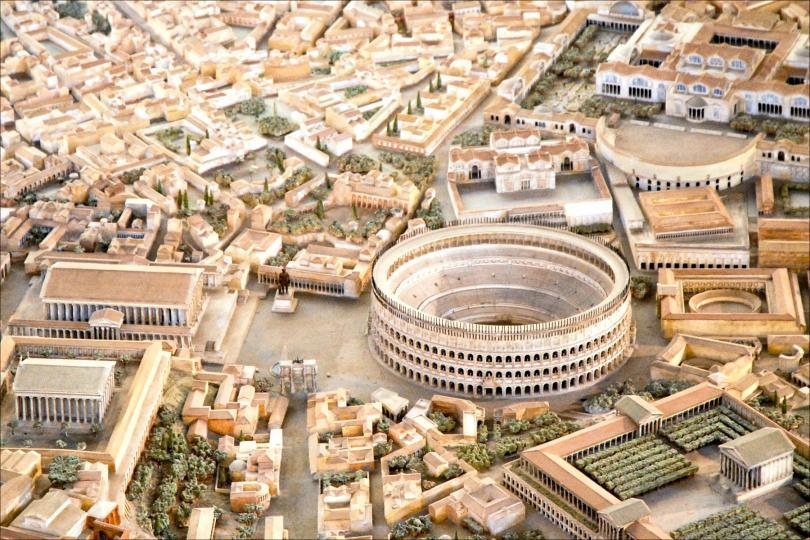
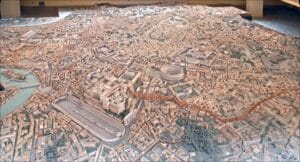

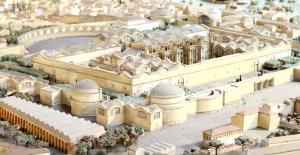

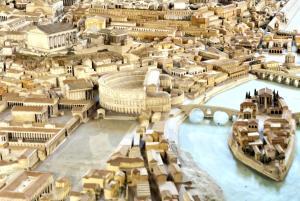
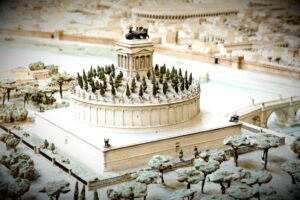
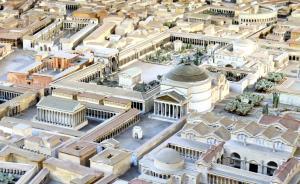
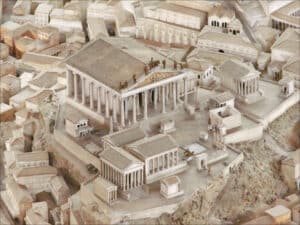



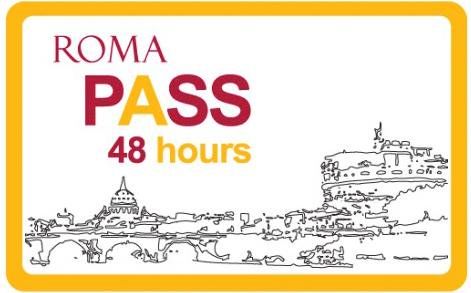
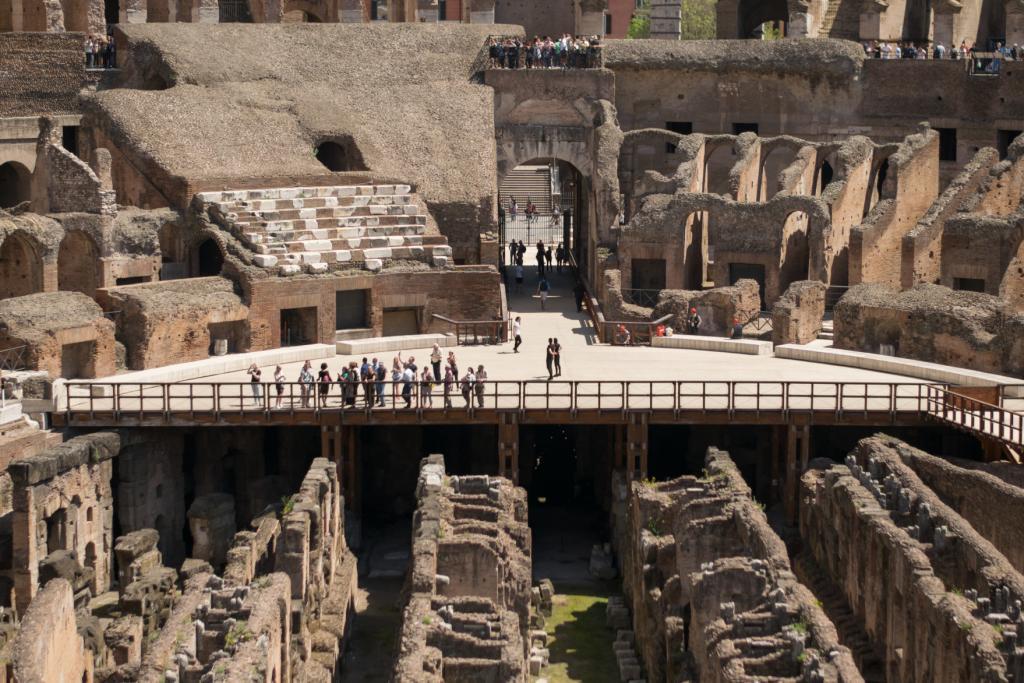

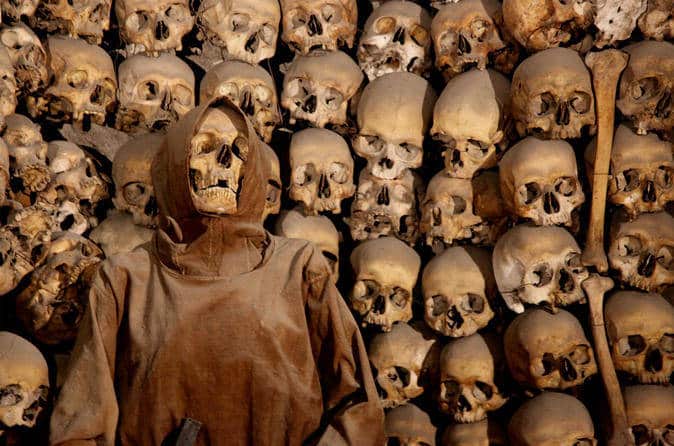
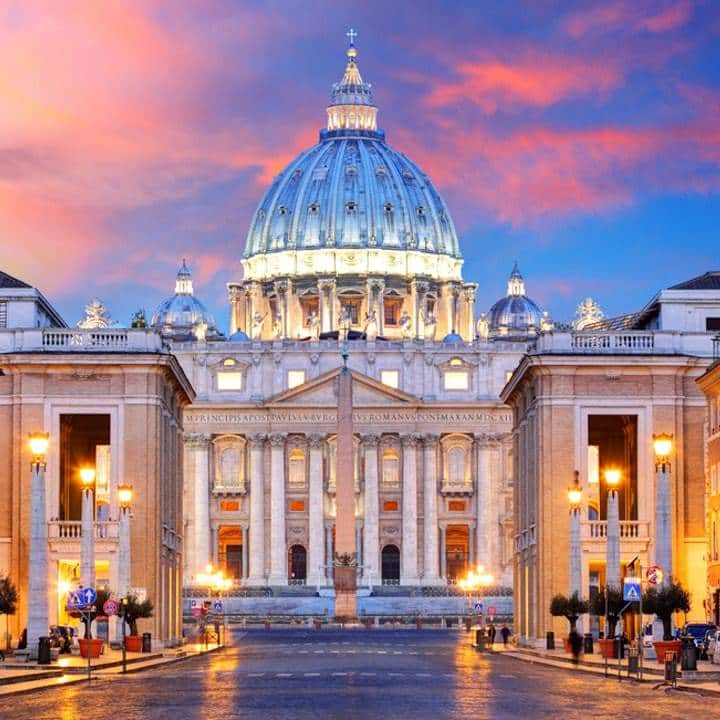
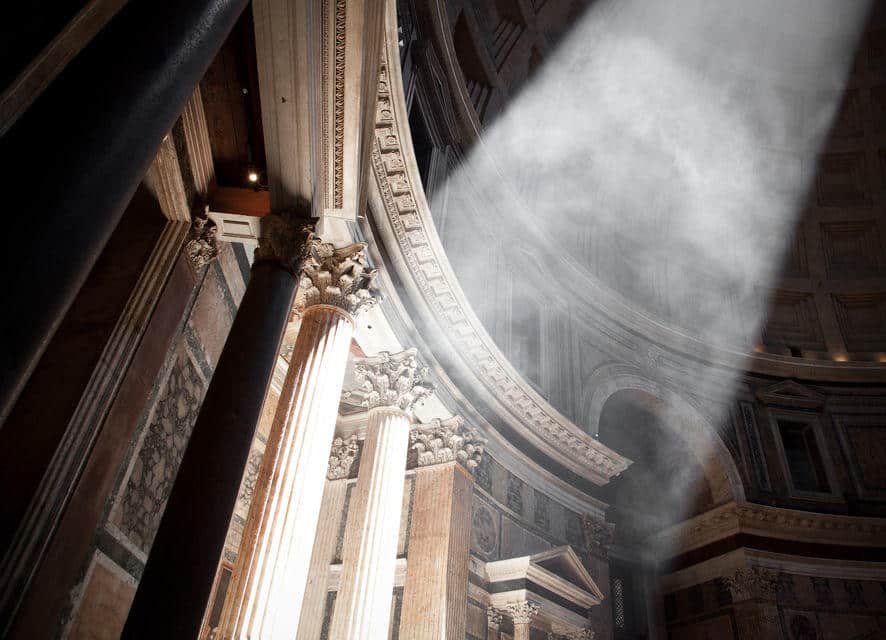

Leave a Comment